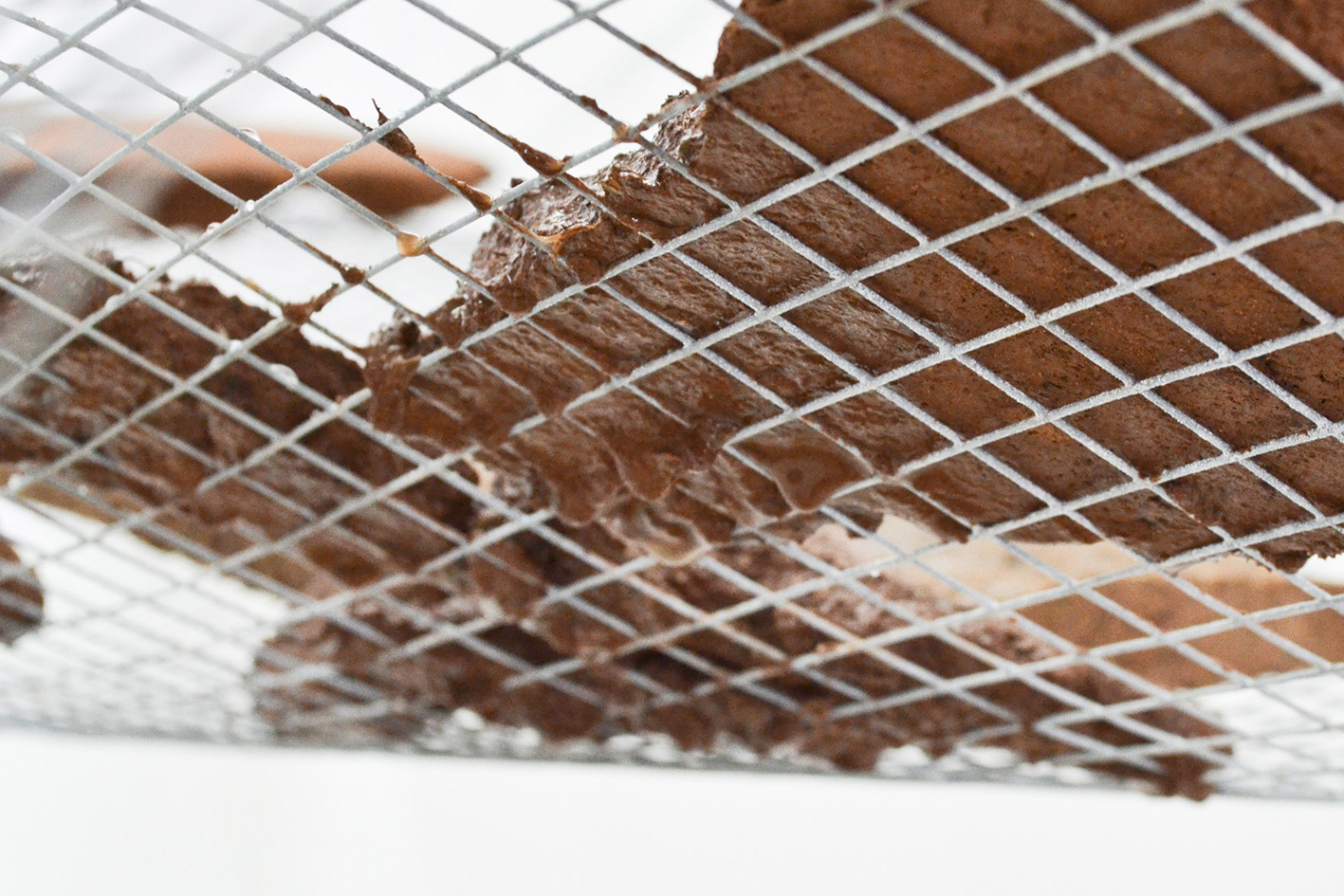Materialidad e Impermanencia






















Scroll down for English
Materialidad e impermanencia
2018
Arcilla, barro malla de metal, agua, placas de cemento
Medidas variables
El arte en sí mismo podría definirse parcialmente como una expresión de momento de tensión cuando
Se reconoce la intervención humana en colaboración con la naturaleza.
Lucy R. Lippard, superposición, 1983
El sentido de lugar y la idea de desplazamiento en relación a la transformación del territorio cobró importancia en esta etapa de mi trabajo, los materiales con los que estaba trabajando se convirtieron en los elementos, los protagonistas, la materialidad de los elementos que hablan y tienen el discurso en relación con el espacio donde fueron colocados. En ¿Quién coloniza a quién? una intervención en Lang Craig (un área que está siendo reforestada y protegida por The Woodlands Trust en Glasgow) realicé placas de esta arcilla natural del sitio y cemento. Estas placas se colocaron en una de las colinas simulando una cuadrícula, como una forma de desmarcar el terreno. El objetivo era jugar con la posibilidad y el riesgo de que la tierra se utilice bajo la lógica del progreso y la modernidad.
El período de tiempo en el que la pieza estuvo expuesta al entorno natural y al clima subvirtió su calidad física y presencia de los materiales; su materialidad adquirió características efímeras e impermanentes. Las placas de cemento se rompieron pero las placas de arcilla cambiaron y adaptaron su forma al terreno. Me concentré en esta transformación y adaptación de los materiales a lo largo del tiempo y continué experimentando en el estudio. Me interesó la tensión que se generaba entre el movimiento del terreno y su quietud, un terreno que estaba suspendido y se veía obligado a adaptarse mientras las gotas de agua contaban el tiempo y lo desintegraban, esta pieza de duración fue documentada con fotos y video.
Materiality and impermanence
2018
Clay, mud, metal mesh, water, cement plates
Variable measures
Art itself might be partially defined as an expression of moment of tension when
human intervention in collaboration with nature is recognized.
Lucy R. Lippard, Overlay, 1983
The period of time in which the piece was exposed to the natural environment and climate subverted their physical quality and presence of the materials; its materiality acquired ephemeral and impermanent characteristics. The cement plates broke but the plates made of clay changed and adapted their shape to the terrain. I focused on this transformation and adaptation of the materials over time and continued experimenting in the studio. I was interested in the tension generated between the movement of the terrain and its stillness, a terrain that was suspended and was being forced to adapt while the drops of water counted the time and desintegrated it.This durational piece was documented with photos and video.
